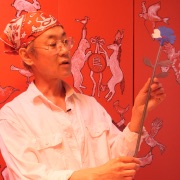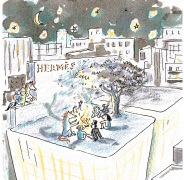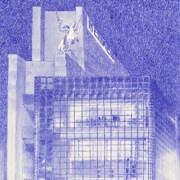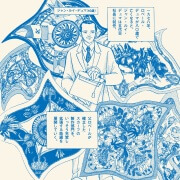I am a manga artist. I have been drawing professionally for over 50 years and have done most of my drawing inside the frames of manga. My relationship with Hermès began when I accepted the task of writing a manga chronicling the history of Hermès—a passion project for the late Jean-Louis Dumas. Through this project, I have made so many discoveries about Hermès that have surprised me like nothing ever has. Drawing in all its forms—produced by so many different artisans—really is such an important part of Hermès.
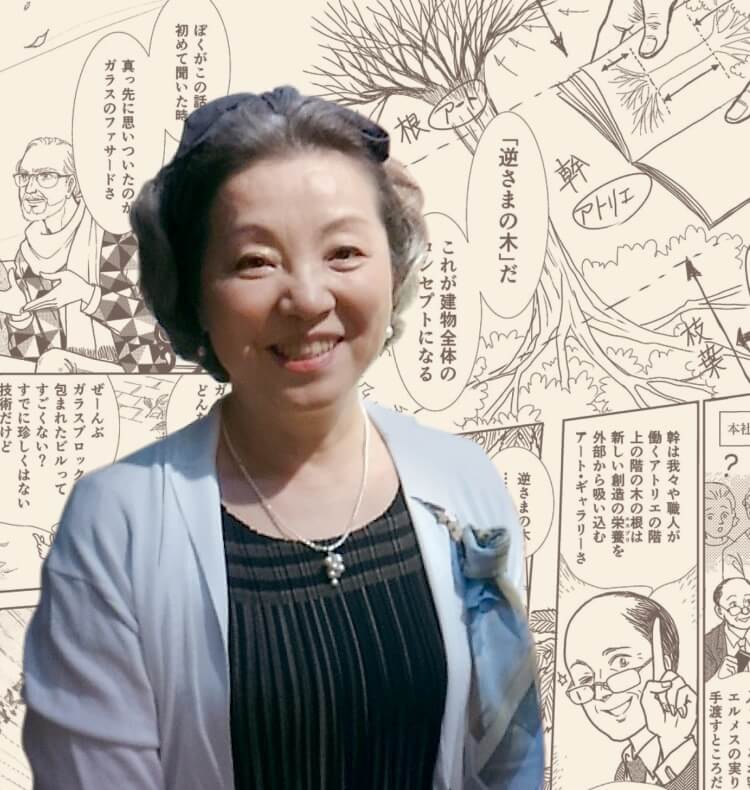
Making visible what
cannot be seen yet
Keiko Takemiya
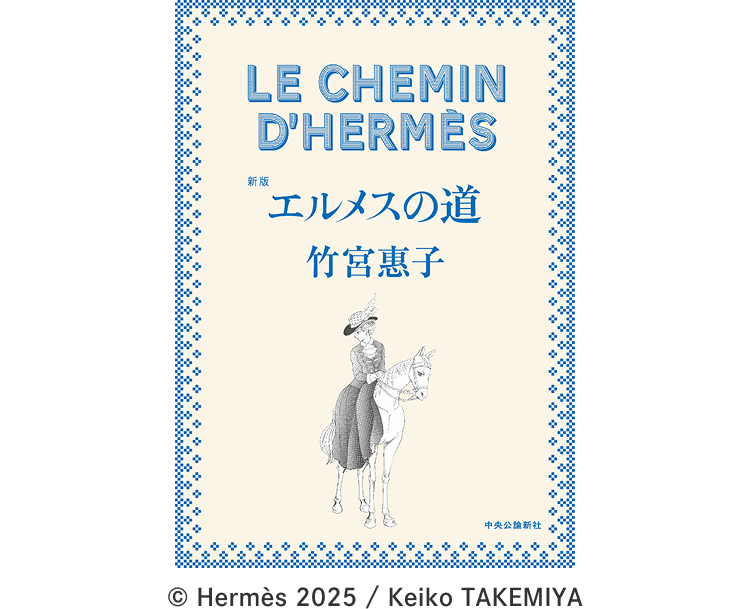
How long have you been drawing?
I’ve been drawing for as long as I can remember. If there’s a blank sheet of paper in front of me, I immediately feel an urge to depict whatever is about to rise up from that blankness—even if I can’t see it yet.
What does drawing mean to you?
It is about making visible what we cannot see yet.
Could you give us an example of what you mean?
I recently drew a scene depicting people living on the moon. The Earth is rising in the background, there are vehicles we’ve never seen before, and the sky is a starless pitch black—all important elements in this illustration. But it’s based on real science; I actually read up on how the sky looks from the moon’s surface when drawing this work.
This year’s Hermès theme is “Drawn to Craft”. Why do you think drawing is so deeply rooted in Hermès’s DNA?
I feel that everyone who works with Hermès in a creative capacity is attempting to, in their own way, “make visible what we cannot see yet”. You’ll get a better sense of this by reading The Path of Hermès, but Hermès, right from the very start, has been creating objets from a rather inventive perspective that’s just a little different from that of other companies. For me, drawing manga is not just the act of putting pen to paper or weaving words together. It’s about using my hands and emotions to give shape to that thing floating in the air in front of me—something that’s new but not yet visible. Hermès has a similar view on originality, and it’s deeply rooted in its culture.
What is Ginza Maison Hermès to you?
It's a work of art. I chronicle the making of the building in the 2021 reissue of The Path of Hermès—I think M. Dumas would have wanted that. The building embodies the Hermès spirit of creating something new and boldly putting it out into the world. As the rays of the setting sun hit the glass blocks that compose the building, the whole thing glows like a lit lantern—it’s really beautiful. The fact that this building—La Lanterne d’Hermès, as they call it—stands in Ginza, one of the must-see areas of Japan, is a source of pride for me.
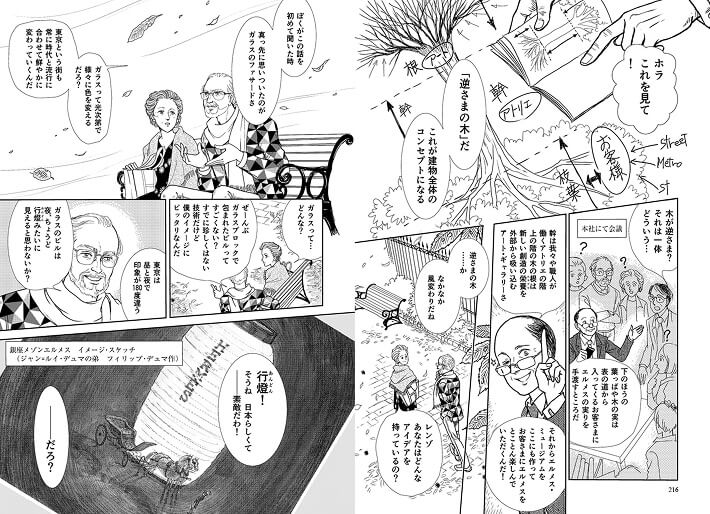
© Hermès 2025 / Keiko TAKEMIYA

Keiko Takemiya
Takemiya was born in 1950 in Tokushima. Her hobbies include horse riding. She debuted as a manga artist in 1968 with Ringo no Tsumi (Sin of the apple). She has since written numerous works that deal with subjects as varied as science fiction, homosexuality, music, and history. Her best-known works include Farao no Haka (The Pharaoh’s tomb) and Tenma no Ketsuzoku (The bloodline of the swift horses). From 2000 to 2020, Takemiya served as a lecturer at Kyoto Seika University, as well as president from 2014 to 2018. In 2014, she was awarded Japan’s Medal with Purple Ribbon for her contributions to the arts. In 2021, The Path of Hermès (1997)—her chronicle of the history of Hermès—was republished with 63 additional pages.


